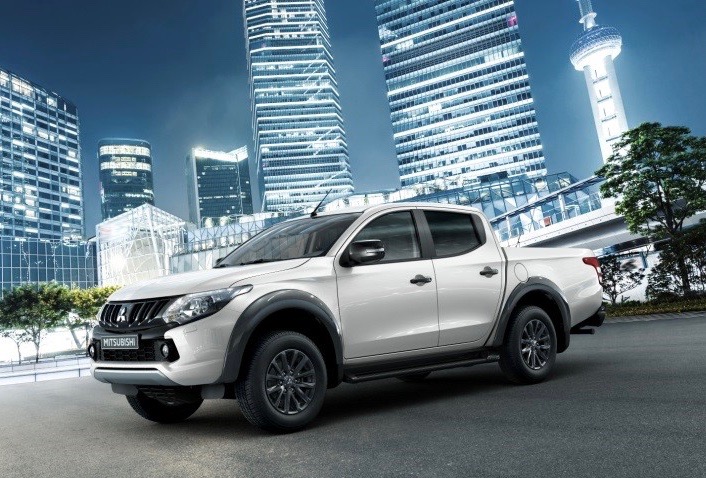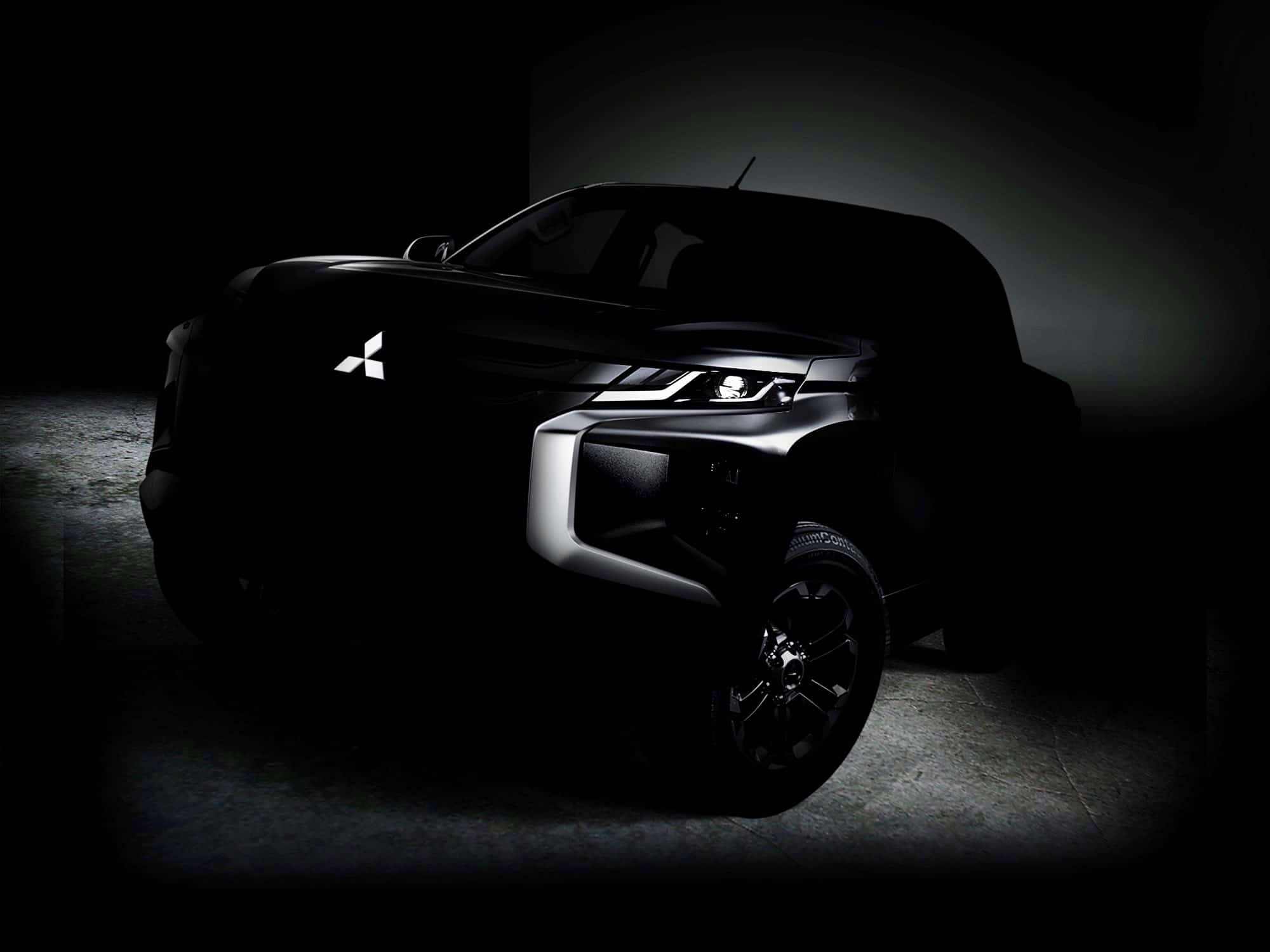Remember the Arrow or the Ram 50? They were compact pickup trucks imported by Chrysler and sold by Plymouth and Dodge dealers in the early 1990s, rebadged versions of the mini-truck sold by Mitsubishi’s own dealers as the Mighty Max.
We bring this up because 2018 marks the 40th anniversary of the Mitsubishi Forte/L200/(and later) Triton.
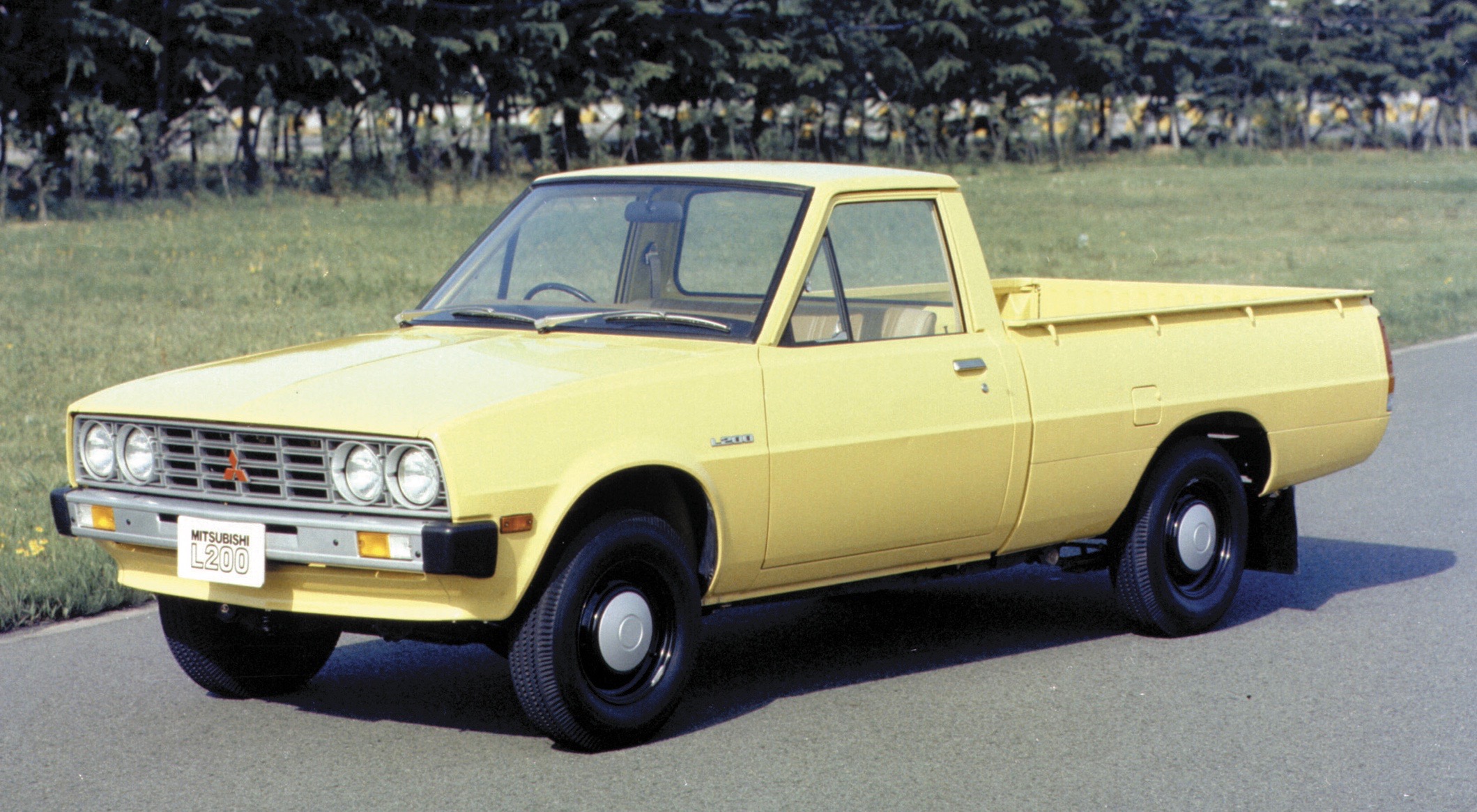
The truck was developed, says Mitsubishi, “with a design brief — to meet the desire of customers for a pickup with outstanding reliability, durability and payload performance; with levels of drivability, utility, comfort and ride that are on a par with a passenger sedan.”
The L200 was rated to carry a ton of cargo and, Mitsuibshi notes, became a “firm favorite across the world, from frozen wastes to sun-baked deserts,” and especially after a 4×4 version was added in 1980. That 4×4 platform would become the basis for a variety of 4WD vehicles, including sport utilities.
“There is a huge overseas demand, particularly in North America, for small pickup trucks, where they are used casually for commuting to school and work, as well as for recreation,” Mitsubishi recalled of the vehicle’s launch 40 years ago.
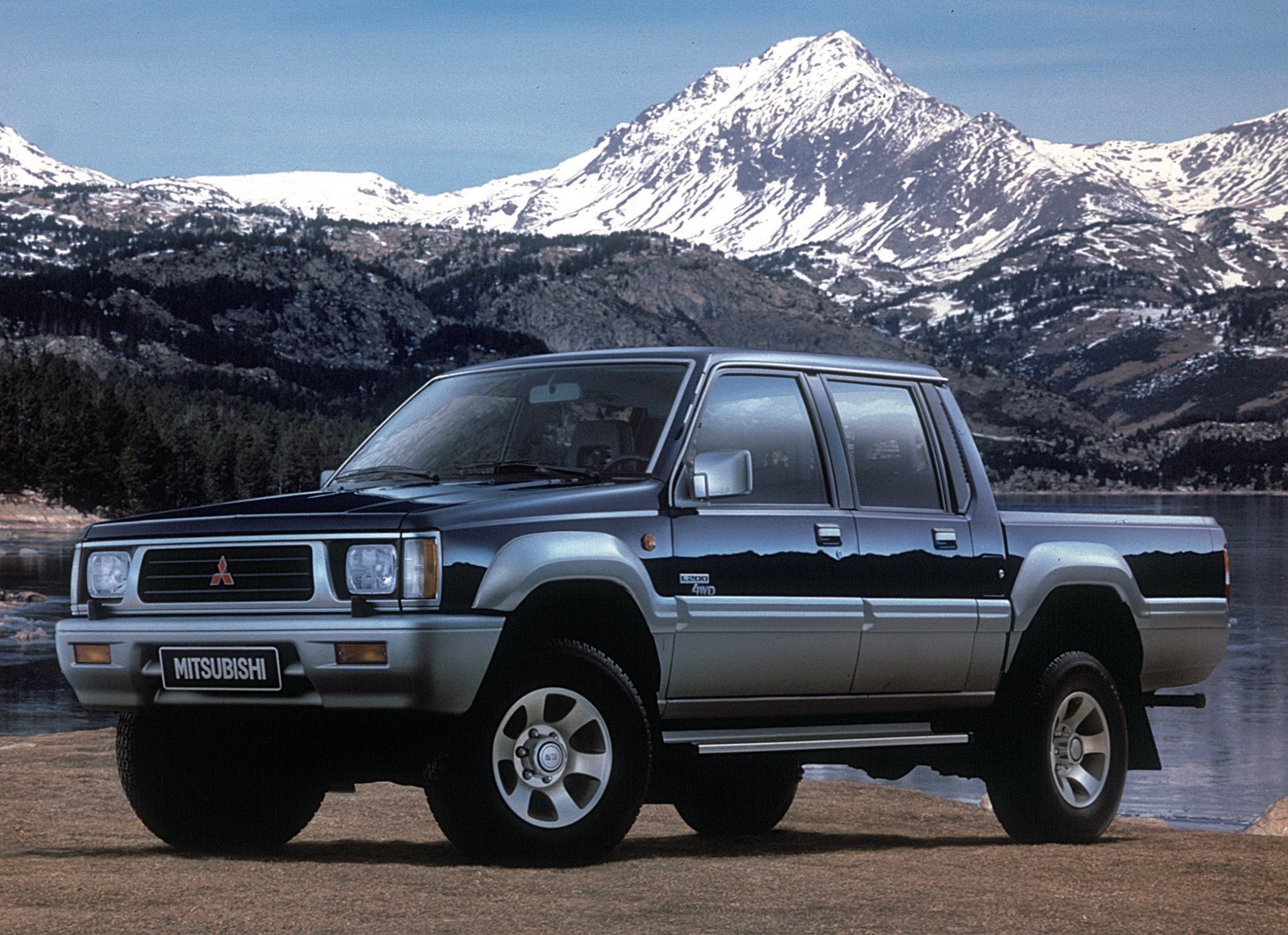
“The prototypes underwent rigorous endurance testing on a massive scale in North America, Thailand, and Saudi Arabia to ensure reliability.
“The styling took its cues from the compact sedan Galant Σ, with a long nose, an air-dam skirt which was introduced for trucks for the first time, and four round headlights. The L200/Forte was powered by a 2.0-liter and 2.6-liter petrol engines for North America and 1.6-liter petrol engine for Japan and other regions. A 2.3-liter diesel engine was available for general exports.
“The chassis was sophisticated for a commercial vehicle too, with front disc brakes, double wishbone/coil springs for the front suspension, and leaf springs and rigid axle in the rear.
“The very quiet interior results from an uncompromising approach to NVH performance, which includes the use of a 2-piece prop shaft and the generous use of strategically-placed sealing materials.”
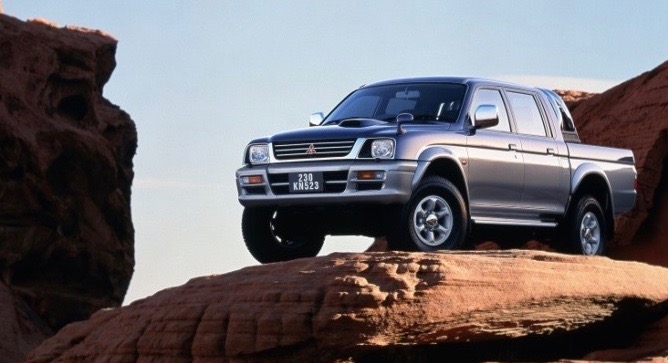
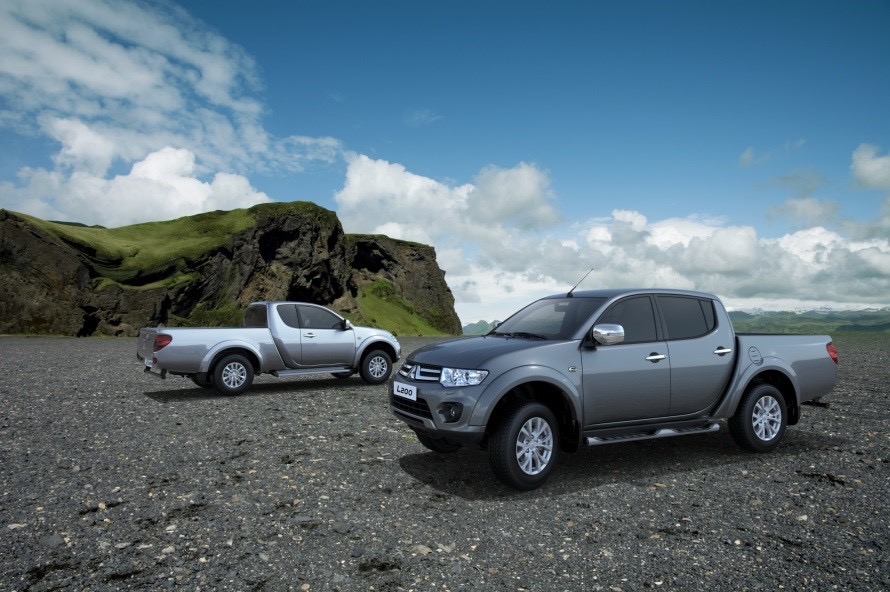
Before long, “Mitsubishi Motors leveraged its many years of experience of building Jeeps, and added a newly-developed part-time 4WD transfer system with a directly-linked silent chain. This system reduced gear noise and power loss, and enabled high-speed on-road driving.”
Subsequent generations were introduced in 1986, including club and double-cab versions in 1995, 2005 and 2014.
